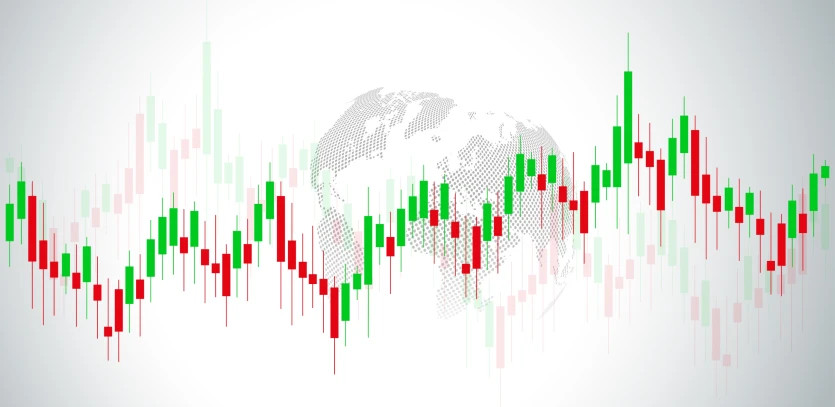Over the course of the last 50 years or so, Hing Leong Trading emerged as a commodity trading operation that quickly became one of Singapore’s largest independent oil traders. This is why its recent collapse sent shockwaves through the Asian investment market, after the company’s lenders froze their credit lines in April.
This led to the discovery of $5.46 billion worth of debt , which had been mounted for a concerted period of time and was owed to a multitude of banks.
But how exactly did this crisis come about, and what’s the current oil price outlook in the light of Hin Leong’s Trading collapse? Let’s find out.
Charting the Collapse of Hin Leong Trading
In many ways, a number of factors combined to create the perfect storm from the perspective of Hin Leong, with sustained oil price declines and an ongoing imbalance between supply and demand having been exacerbated by the Covid-19 pandemic.
Of course, the demise of the firm was also set in motion some time ago, with the firm and its traders having incurred $800 million in derivatives futures losses over the course of the last few years (predominantly since the global oil price first crashed in 2016).
Things have undoubtedly accelerated this year, with the Covid-19 outbreak strangling demand and production in key regions across the globe. Not only this, but the collapse of OPEC’s supply cap and the ensuing oil price war between Russia and Saudi Arabia has also caused values to fall to record lows during the first half of the year.
This has helped to underpin a 50% decline in the value of its inventory and oil products, with crude oil falling below the $30 per barrel mark during the coronavirus peak in March (it has since rebounded slightly to $39.70 ).
At the same time, the firm saw the operating costs rise incrementally, squeezing their margins considerably and leaving them over-exposed in a declining market.
Even worse from the perspective of the firm and its clients, it’s alleged that the finance department were informed to exclude losses from their financial statements. This allowed losses to mount unabated over time, before recent events served as the catalyst for the company’s collapse.
What’s the Near-term Outlook for Oil Prices?
As we’ve already touched on, oil prices have showed some resilience during the second quarter, primarily as the spread of Covid-19 has slowed and relative prosperity has returned to the Asia-Pacific region.
But can these recent gains be sustained, or do the represent a fleeting and unsustainable trend? Well, according to Desmond Leong at Tickmill , oil’s surge has coincided with the news that OPEC is set to negotiate extended production cuts amongst participating members, following a breakthrough in talks with the market leaders.
This could arguably lead to a true between nations such as Russia and Saudi Arabia, paving the way for reduced production levels and a healthier balance between supply and demand.
However, this may only extend such cuts for an additional month until the end of July, creating a limited upside from the perspective of investors.
With this in mind, the long-term outlook for oil prices remains uncertain and increasingly volatile, making it unsuitable for risk-averse investors who are looking to bank sustainable gains.





